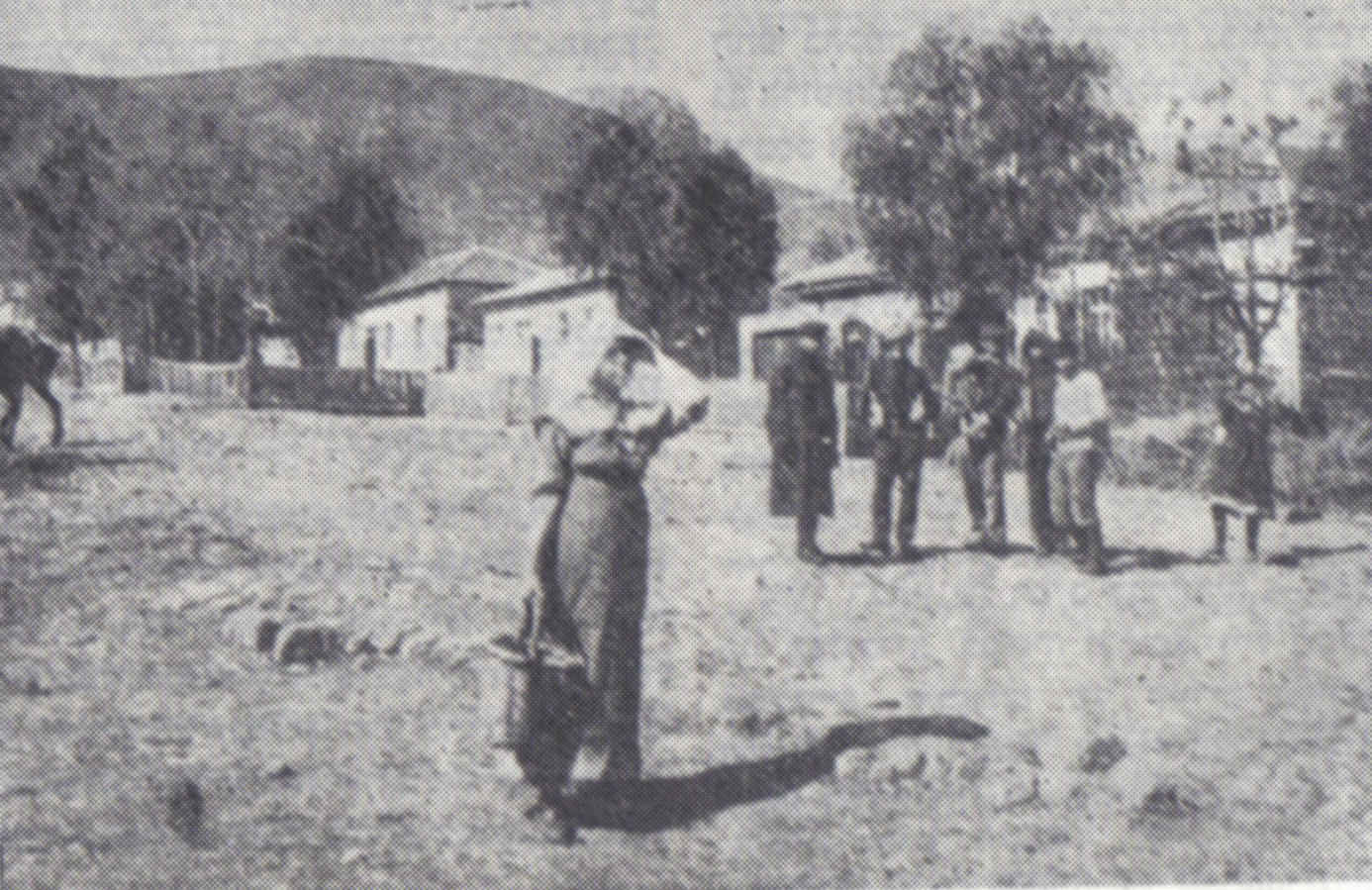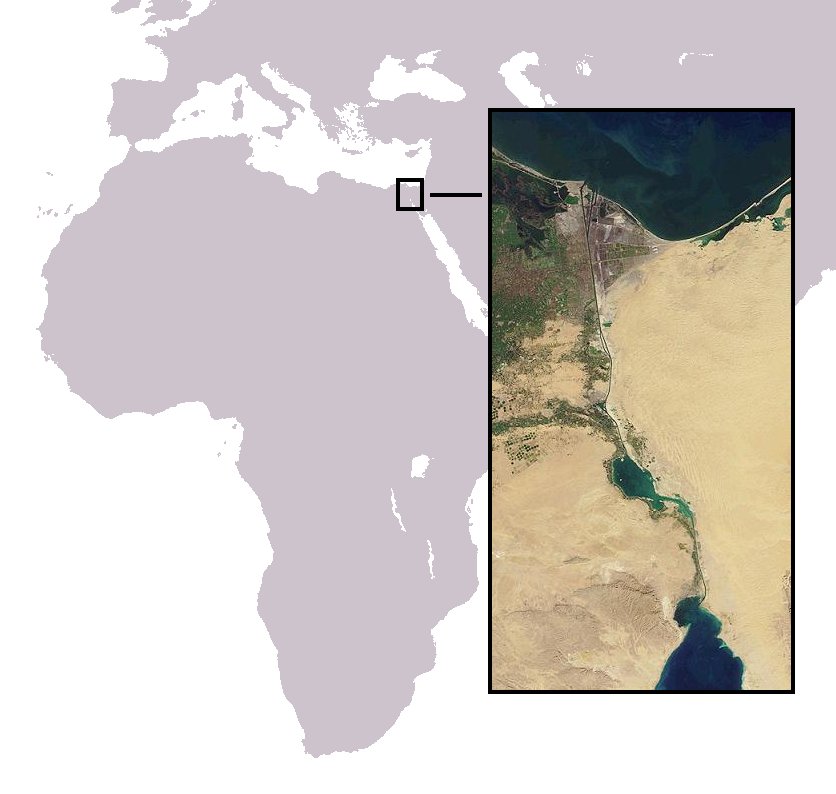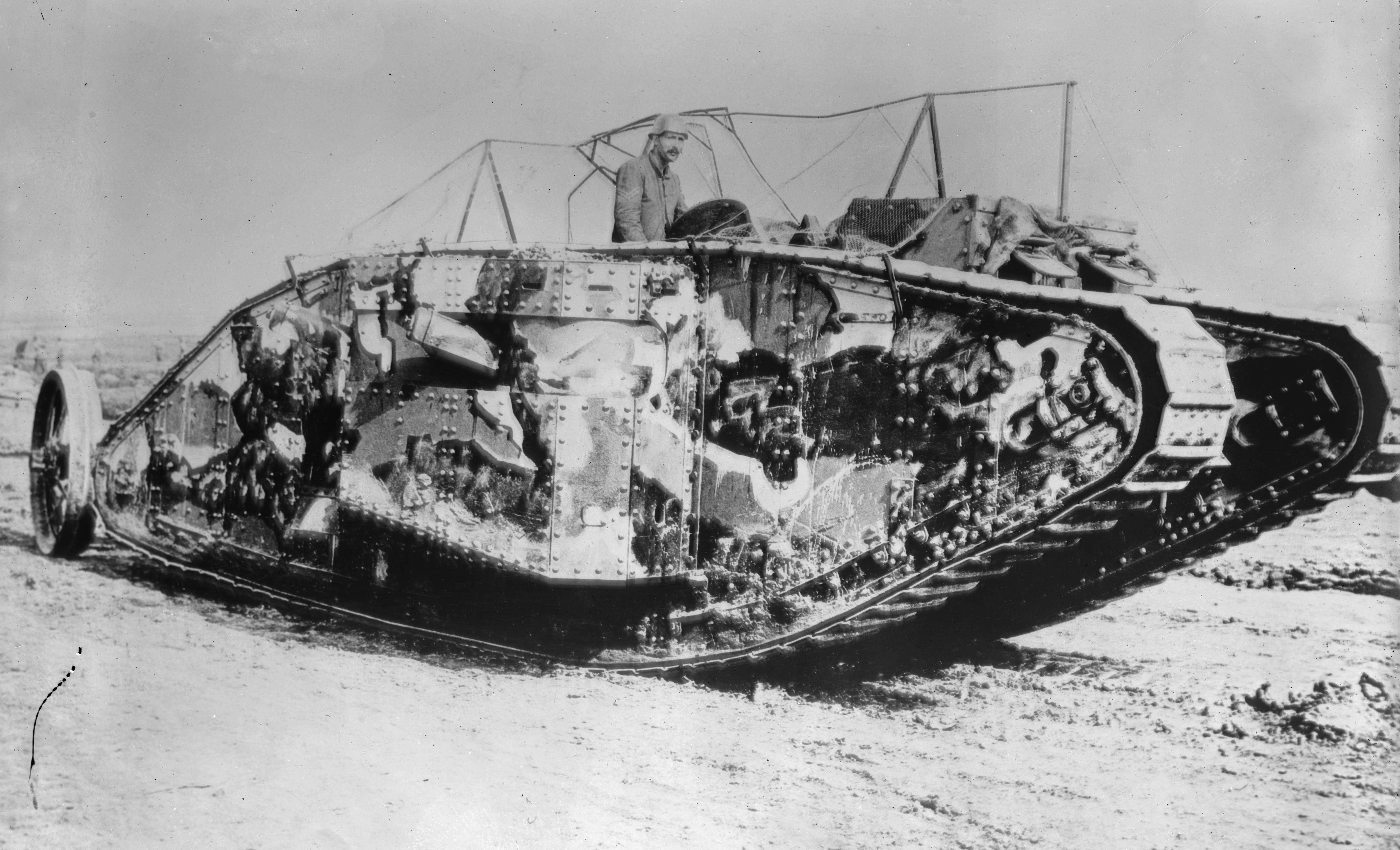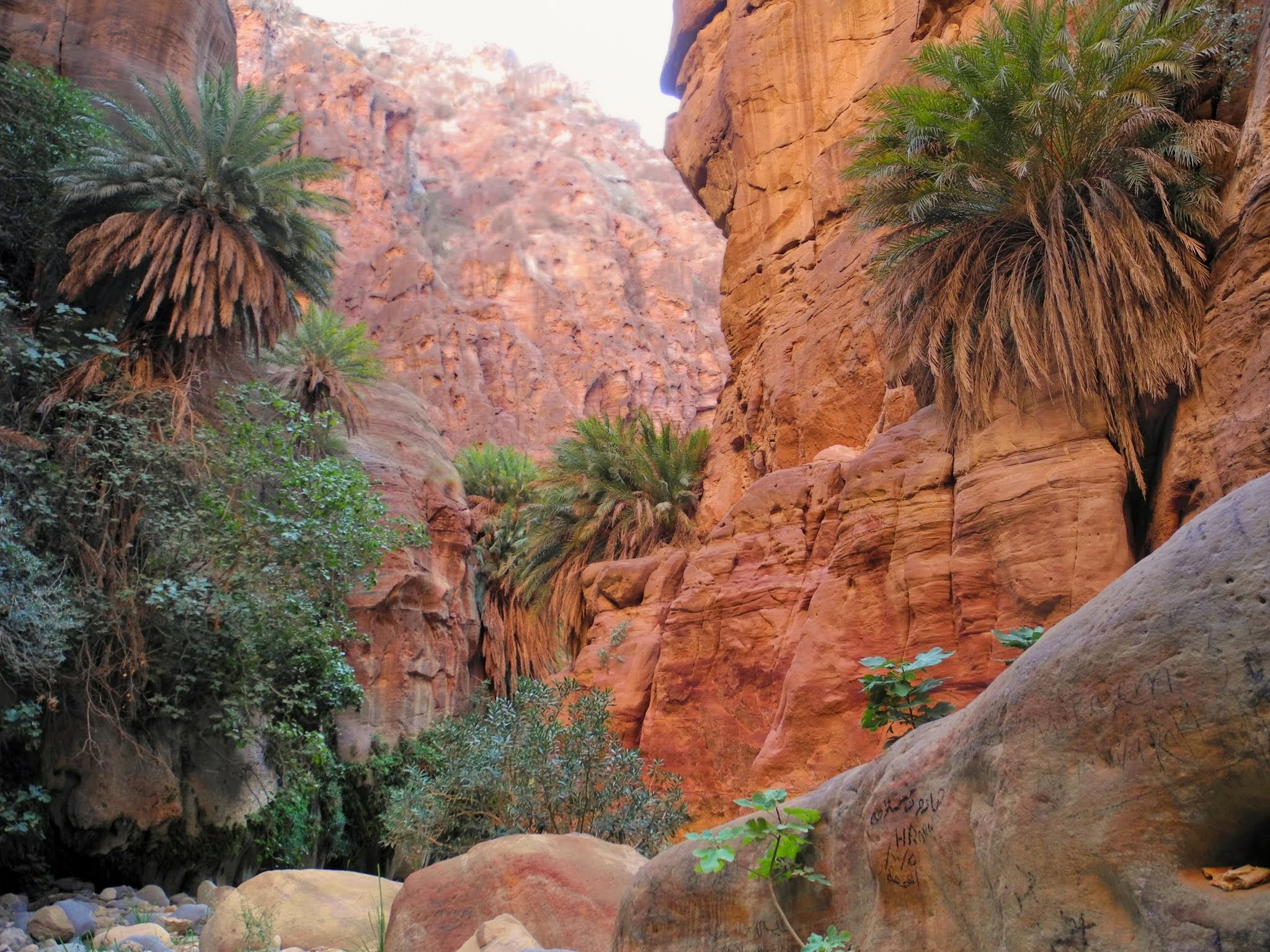|
Avraham Yoffe
Avraham Yoffe ( he, אברהם יפה, born 25 October 1913, died 11 April 1983) was an Israel general during the Six-Day War. He later entered politics, and served as a member of the Knesset for Likud between 1974 and 1977. Biography Yoffe was born in Yavne'el in 1913, during the era when the Ottoman Empire still controlled Palestine. He was one of four children born to Chaim and Miriam Yoffe. His father was a member of the Yoffe family and in his early years, Avraham Yoffe attended the Mikveh Yisrael agricultural school. Military career At the age of 16 he joined the Haganah. In 1936, Yoffe had joined the Special Night Squads, a joint British-Jewish counter-insurgency unit established by Orde Charles Wingate. Yoffe served as a squad leader in one of the squads, acting as Lt. Michael Grove second in command. During World War II he served as a captain in the British Artillery Corps from 1940 until 1944. During the 1948 war he was a battalion commander in the Golani brigad ... [...More Info...] [...Related Items...] OR: [Wikipedia] [Google] [Baidu] |
Yavne'el
Yavne'el ( he, יַבְנְאֵל, ar, يفنيئيل) is a moshava and local council in the Northern District of Israel. Founded in 1901, it is one of the oldest rural Jewish communities in the country. According to the Israel Central Bureau of Statistics (CBS), in it had a population of . In 2008 the population had been of 3,100, with a growth rate of 1.4%. History Archaeological overview Remains from the Late Bronze Age,Leibowitz 1995, cited in Hanna, 2017 Yavne’el/ref>Brink, van den, 2017 Yavne’el, Tel Yin’am/ref> Iron Age I–II, Persian, Hellenistic, Roman, late Byzantine,Hanna, 2009Yavne’el/ref> early MuslimHanna, 2017 Yavne’el/ref> and Mamluk periods have been found here. A residential building constructed in the Umayyad period that continued to be inhabited during the Abbasid period (eighth–tenth centuries CE) has been excavated here. Remains from the Mamluk period have also been found. Ottoman period Arab village During the Ottoman period the Mus ... [...More Info...] [...Related Items...] OR: [Wikipedia] [Google] [Baidu] |
Suez Crisis
The Suez Crisis, or the Second Arab–Israeli war, also called the Tripartite Aggression ( ar, العدوان الثلاثي, Al-ʿUdwān aṯ-Ṯulāṯiyy) in the Arab world and the Sinai War in Israel,Also known as the Suez War or 1956 War; other names include the ''Sinai war'', ''Suez–Sinai war'', ''1956 Arab–Israeli war'', the Second Arab–Israeli war, ''Suez Campaign'', ''Sinai Campaign'', ''Kadesh Operation'' and ''Operation Musketeer'' was an invasion of Egypt in late 1956 by Israel, followed by the United Kingdom and France. The aims were to regain control of the Suez Canal for the Western powers and to remove Egyptian president Gamal Abdel Nasser, who had just swiftly nationalised the foreign-owned Suez Canal Company, which administered the canal. Israel's primary objective was to re-open the blocked Straits of Tiran. After the fighting had started, political pressure from the United States, the Soviet Union and the United Nations led to a withdrawal by the ... [...More Info...] [...Related Items...] OR: [Wikipedia] [Google] [Baidu] |
Yigael Yadin
Yigael Yadin ( he, יִגָּאֵל יָדִין ) (20 March 1917 – 28 June 1984) was an Israeli archeologist, soldier and politician. He was the second Chief of Staff of the Israel Defense Forces and Deputy Prime Minister from 1977 to 1981. Biography Yigael Sukenik (later Yadin) was born in Ottoman Palestine to archaeologist Eleazar Sukenik and his wife Hasya Sukenik-Feinsold, a teacher and women's rights activist. Military career He joined the Haganah at age 15, and served in a variety of different capacities. In 1946, he left the Haganah following an argument with its commander Yitzhak Sadeh over the inclusion of a machine gun as part of standard squad equipment. In 1948, shortly before the State of Israel declared its independence, Yadin, interrupted his university studies to return to active service. He served as Israel's Head of Operations during the 1948 Arab-Israeli War, and was responsible for many of the key decisions made during the course of that war. I ... [...More Info...] [...Related Items...] OR: [Wikipedia] [Google] [Baidu] |
Judaean Desert
The Judaean Desert or Judean Desert ( he, מִדְבַּר יְהוּדָה, Midbar Yehuda}, both ''Desert of Judah'' or ''Judaean Desert''; ar, صحراء يهودا, Sahraa' Yahuda) is a desert in Palestine and Israel that lies east of Jerusalem and descends to the Dead Sea. Under the name El-Bariyah, it has been nominated to the Tentative List of World Heritage Sites in the State of Palestine, particularly for its monastic ruins. Etymology The term he, מִדְבַּר יְהוּדָה, , Desert of Judaea originates in the Hebrew Bible, and it is mentioned in Judges and Psalms. It is sometimes known as he2, יְשִׁימוֹן ''Yeshimon'', meaning ''desert'' or ''wildland'', or yet ''Wilderness of Judah'' or ''Wilderness of Judaea'', among others. Geography The Judaean Desert lies east of Jerusalem and descends to the Dead Sea. The Judaean Desert stretches from the northeastern Negev to the east of Beit El, and is marked by natural terraces with escarpment ... [...More Info...] [...Related Items...] OR: [Wikipedia] [Google] [Baidu] |
Bar Kokhba
Simon ben Koseba or Cosiba ( he, שִׁמְעוֹן בַּר כֹסֵבָא, translit= Šīmʾōn bar Ḵōsēḇaʾ ; died 135 CE), commonly known as Bar Kokhba ( he, שִׁמְעוֹן בַּר כּוֹכְבָא, translit=Šīmʾōn bar Kōḵḇāʾ ), was a Jewish military leader who led the Bar Kokhba revolt against the Roman Empire in 132 CE. The revolt established a three-year-long independent Jewish state in which Bar Kokhba ruled as ''nasi'' ("prince"). Some of the rabbinic scholars in his time imagined him to be the long-expected Messiah. Bar Kokhba fell in the fortified town of Betar. Name Documented name Documents discovered in the 20th century in the Cave of Letters give his original name, with variations: Simeon bar Kosevah (), Bar Kosevaʾ () or Ben Kosevaʾ (). It is probable that his original name was Bar Koseba. The name may indicate that his father or his place of origin was named Koseva(h), with Khirbet Kuwayzibah being a likely nominee for id ... [...More Info...] [...Related Items...] OR: [Wikipedia] [Google] [Baidu] |
Abu Zenima
Abu Zenima ( ar, أبو زنيمة) is a coastal city in South Sinai Governorate, Egypt. It has an area of . History In 2009, a whale 10 metres long and weighing 10 tonnes was found on its Red Sea beach. The minke whale was presumed to have lost its way from the Indian Ocean, and starved due to the relative lack of food. The body was buried in lime, for public health reasons, with the intention of eventually displaying the skeleton in a visitor's centre. Climate Köppen-Geiger climate classification system classifies its climate as hot desert (BWh), as the rest of Egypt. See also * Abou Redis Abou Redis ( ar, أبو رديس) is a city in South Sinai Governorate, Egypt. Its area is 2400 square km. It contains many Christian churches in Wadi Feran area. See also *Abu Zenima Abu Zenima ( ar, أبو زنيمة) is a coastal city ... References Populated places in South Sinai Governorate {{Egypt-geo-stub ... [...More Info...] [...Related Items...] OR: [Wikipedia] [Google] [Baidu] |
Gulf Of Suez
The Gulf of Suez ( ar, خليج السويس, khalīǧ as-suwais; formerly , ', "Sea of Calm") is a gulf at the northern end of the Red Sea, to the west of the Sinai Peninsula. Situated to the east of the Sinai Peninsula is the smaller Gulf of Aqaba. The gulf was formed within a relatively young but now inactive Gulf of Suez Rift rift basin, dating back about 26 million years. It stretches some north by northwest, terminating at the Egyptian city of Suez and the entrance to the Suez Canal. Along the mid-line of the gulf is the boundary between Africa and Asia. The entrance of the gulf lies atop the mature Gemsa oil and gas field. The gulf is considered one of the world's important maritime zones due to being an entrance to the Suez Canal. Geography The gulf occupies the northwestern arm of the Red Sea between Africa and the Sinai Peninsula. It is the third arm of the triple junction rift system, the second arm being the Gulf of Aqaba. The length of the gulf, from its mout ... [...More Info...] [...Related Items...] OR: [Wikipedia] [Google] [Baidu] |
Bir Gifgafa Airfield
Bir Gifgafa (also Bir-Jifjafah, Meliz or Rephidim) is an airfield in the Sinai, 90 km east of the Suez Canal. During the 1960s and 1970s it played a significant role in Arab–Israeli wars, at different times serving both Egypt and Israel. Construction Bir Gifgafa was constructed by the Egyptian Air Force in the aftermath of the Suez Crisis of 1956. Assigned base number 244, it was responsible for providing air cover and close support for Egyptian Army units in the Sinai. The Six Day War On May 22, 1967, as Israel and its Arab neighbours were drawing closer to war, president Gamel Abdel Nasser of Egypt visited Bir Gifgafa, meeting with Egyptian Air Force (EAF) pilots and commanders. In a much publicized press conference Nasser announced his intention to close the Straits of Tiran to Israeli shipping and declared that We are now on the verge of a confrontation with Israel, adding that If the Jews threaten us war? I say to them "Welcome, we are ready for war!" As the m ... [...More Info...] [...Related Items...] OR: [Wikipedia] [Google] [Baidu] |
Tank
A tank is an armoured fighting vehicle intended as a primary offensive weapon in front-line ground combat. Tank designs are a balance of heavy firepower, strong armour, and good battlefield mobility provided by tracks and a powerful engine; usually their main armament is mounted in a turret. They are a mainstay of modern 20th and 21st century ground forces and a key part of combined arms combat. Modern tanks are versatile mobile land weapons platforms whose main armament is a large- caliber tank gun mounted in a rotating gun turret, supplemented by machine guns or other ranged weapons such as anti-tank guided missiles or rocket launchers. They have heavy vehicle armour which provides protection for the crew, the vehicle's munition storage, fuel tank and propulsion systems. The use of tracks rather than wheels provides improved operational mobility which allows the tank to overcome rugged terrain and adverse conditions such as mud and ice/snow better than wheel ... [...More Info...] [...Related Items...] OR: [Wikipedia] [Google] [Baidu] |
Wadi Haroudin
Wadi ( ar, وَادِي, wādī), alternatively ''wād'' ( ar, وَاد), North African Arabic Oued, is the Arabic term traditionally referring to a valley. In some instances, it may refer to a wet (ephemeral) riverbed that contains water only when heavy rain occurs. Etymology The term ' is very widely found in Arabic toponyms. Some Spanish toponyms are derived from Andalusian Arabic where ' was used to mean a permanent river, for example: Guadalcanal from ''wādī al-qanāl'' ( ar, وَادِي الْقَنَال, "river of refreshment stalls"), Guadalajara from ''wādī al-ḥijārah'' ( ar, وَادِي الْحِجَارَة, "river of stones"), or Guadalquivir, from ''al-wādī al-kabīr'' ( ar, اَلْوَادِي الْكَبِير, "the great river"). General morphology and processes Wadis are located on gently sloping, nearly flat parts of deserts; commonly they begin on the distal portions of alluvial fans and extend to inland sabkhas or dry lakes. In basin and ra ... [...More Info...] [...Related Items...] OR: [Wikipedia] [Google] [Baidu] |
Sinai Peninsula
The Sinai Peninsula, or simply Sinai (now usually ) (, , cop, Ⲥⲓⲛⲁ), is a peninsula in Egypt, and the only part of the country located in Asia. It is between the Mediterranean Sea to the north and the Red Sea to the south, and is a land bridge between Asia and Africa. Sinai has a land area of about (6 percent of Egypt's total area) and a population of approximately 600,000 people. Administratively, the vast majority of the area of the Sinai Peninsula is divided into two governorates: the South Sinai Governorate and the North Sinai Governorate. Three other governorates span the Suez Canal, crossing into African Egypt: Suez Governorate on the southern end of the Suez Canal, Ismailia Governorate in the center, and Port Said Governorate in the north. In the classical era the region was known as Arabia Petraea. The peninsula acquired the name Sinai in modern times due to the assumption that a mountain near Saint Catherine's Monastery is the Biblical Mount Sinai. ... [...More Info...] [...Related Items...] OR: [Wikipedia] [Google] [Baidu] |
Egypt
Egypt ( ar, مصر , ), officially the Arab Republic of Egypt, is a transcontinental country spanning the northeast corner of Africa and southwest corner of Asia via a land bridge formed by the Sinai Peninsula. It is bordered by the Mediterranean Sea to the north, the Gaza Strip of Palestine and Israel to the northeast, the Red Sea to the east, Sudan to the south, and Libya to the west. The Gulf of Aqaba in the northeast separates Egypt from Jordan and Saudi Arabia. Cairo is the capital and largest city of Egypt, while Alexandria, the second-largest city, is an important industrial and tourist hub at the Mediterranean coast. At approximately 100 million inhabitants, Egypt is the 14th-most populated country in the world. Egypt has one of the longest histories of any country, tracing its heritage along the Nile Delta back to the 6th–4th millennia BCE. Considered a cradle of civilisation, Ancient Egypt saw some of the earliest developments of writing, agr ... [...More Info...] [...Related Items...] OR: [Wikipedia] [Google] [Baidu] |





